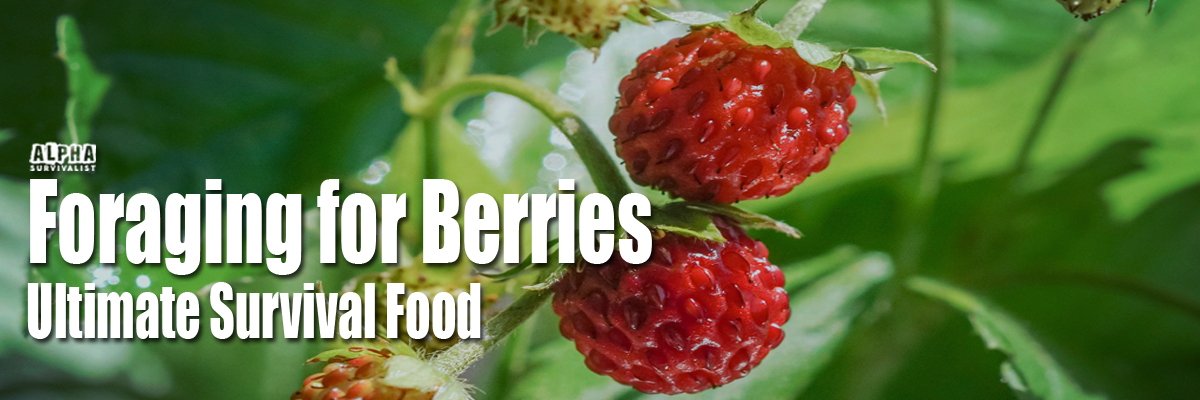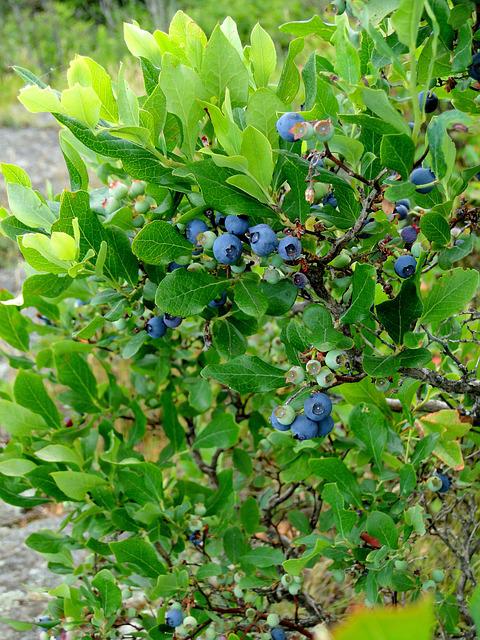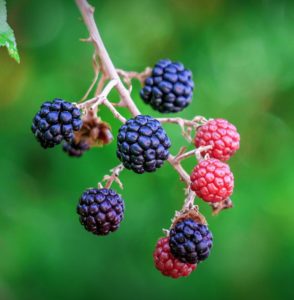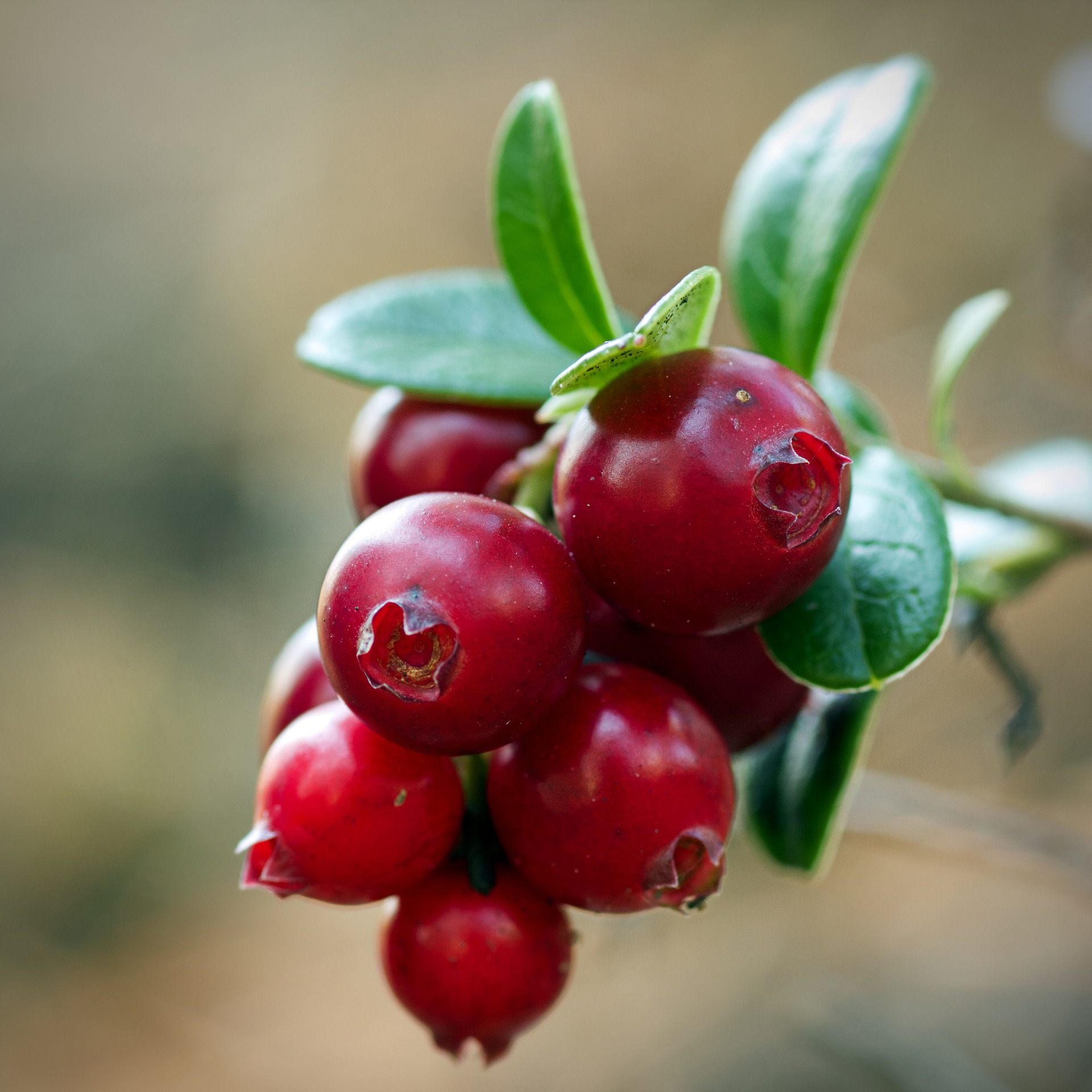One of the best ways to ensure you have enough food in a survival situation is to start foraging for berries. Unfortunately, modern convenience stores, as useful as they undoubtedly are, have all but extinguished the hunter gatherer flame in many people. So much so, that many of us are completely oblivious to the fact we are often surrounded by a natural bounty of wild berries. Berries are a nutritious and tasty food source and are completely free and relatively easy to find, and can very often be found growing in plain sight.
Wild berries are found throughout the world in every type of environment, in both rural and urban landscapes. Foraging for berries isn’t difficult but you do need to know where and what to look for.
Once you have read this introductory guide to foraging for berries you will have an understanding of the basics and it won’t be long before you will be foraging like a pro!
Foraging for Berries – Which are Good and Which are Bad?
The most important thing to learn when it comes to berry picking, is knowing which berries are safe to eat and which ones are not! Some berries, such as nightshade berries, can be poisonous if consumed. It’s always best to err on the side of caution and only eat berries that you are 100% sure are safe.
Here is a list of some common berries that are safe to eat:
- Blackberries
- Blueberries
- Cranberries
- Raspberries
- Strawberries
If you’re not 100% sure about a berry, it’s always best to consult a guide or an expert before consuming it. Eating the wrong kind of berry can lead to serious illness or even death.
There are literally thousands of different types of wild berries around the world. Trying to remember every berry that is safe to eat and every one that isn’t would be quite an undertaking, even for someone experienced in plant identification. Your time is far better spent concentrating on learning how to identify berries that you’d expect to find locally or those that you are likely to find in a region you are going to visit.
The types of berries that can be found growing in the United States and North America can vary greatly from region to region. The following guides are an excellent source of information and provide concise information on wild fruit and berries for each region of the US, you should check them out!
- Northeast Foraging: 120 Wild and Flavorful Edibles from Beach Plums to Wineberries
- Southwest Foraging: 117 Wild and Flavorful Edibles from Barrel Cactus to Wild Oregano
- Pacific Northwest Foraging: 120 Wild and Flavorful Edibles from Alaska Blueberries to Wild Hazelnuts
- Southeast Foraging: 120 Wild and Flavorful Edibles from Angelica to Wild Plums
- Midwest Foraging: 115 Wild and Flavorful Edibles from Burdock to Wild Peach
- Mountain States Foraging: 115 Wild and Flavorful Edibles from Alpine Sorrel to Wild Hops
- California Foraging: 120 Wild and Flavorful Edibles from Evergreen Huckleberries to Wild Ginger
Foraging for Berries
Once you have your identification guide and learned how to identify which berries you can safely eat, the next step is learning how to actually forage for them.
The best time to look for berries is in the summer and early fall when they are in season. But, depending on where you live, you may be able to find berries year-round.
When foraging for berries, it’s best to start by looking in areas that are away from busy roads and sidewalks. Berries near busy areas are more likely to have been exposed to pollutants and chemicals.
Once you’ve found a good location, look for areas with lots of green foliage as this is usually a sign that there may be berries nearby.
Another good tip is to keep an eye out for birds as they are often attracted to berry patches. If you see a bird eating a berry, it’s a pretty good indication that the berry is safe for humans to eat.
Once you’ve found a patch of berries, take your time to inspect them for signs of mold or rot. Only pick berries that are ripe and in good condition.
You should never pick a plant clean, always leave some berries for the local wildlife who will in turn sow the seeds through their droppings, increasing the number of berry plants you can visit in the future.
Talking of local wildlife; if bears are known to frequent the area you are foraging in don’t be too concerned about being too quiet. Bears are more likely to avoid you if they can hear you. Trust me, you never want to startle a bear.
Toxicity testing in an Emergency
It takes a good deal of experience to be able to differentiate between some very similar looking toxic and edible berries. However, there are a few different ways to test the toxicity of wild berries.
One method is to place the berries in a container of water and see if they float or sink. If they float, they may be poisonous.
Another way to test for toxicity is to take a small piece of the berry and rub it on the inside of your wrist . Should you experience any irritation, swelling, or redness, the berry may well be poisonous. If there is no reaction after 15 minutes you can try dabbing a tiny amount of the fruit on the outside of your lip, and i mean tiny! If there is any burning, tingling, or any other unpleasant feeling it should be taken as an indication that the berry is toxic.
As a general rule, it is best to err on the side of caution and avoid eating wild berries unless you are absolutely 100% sure it is safe to do so.
Disclaimer: Our advice would always be to not eat any berry unless you 100% sure it is safe to do so. The toxicity tests outlined here are not foolproof and should only be followed in a survival situation. If you have any concerns about eating wild berries, please consult a healthcare professional.
Which Wild Berries are You Most Likely to Come Across When Foraging?
The wild berries that are most commonly found in the United States vary depending on the region. For example, in the Northeast, wild blueberries and raspberries are quite common, while in the Southeast, blackberries and dewberries are more prevalent. This is due to a variety of factors, including climate and soil type.
Generally speaking, wild berries tend to do best in areas with moderate rainfall and not too much extreme heat or cold. That’s why they’re often found in wooded areas or near streams and ponds. The type of soil also plays a role; wild berries typically prefer soils that are high in organic matter and have good drainage.
Of course, there are always exceptions to the rule. Certain wild berries, such as elderberries and serviceberries, are quite tolerant of a wide range of conditions and can be found in many different types of habitat.
To get you started, here are a few of the more common wild berries that you’ll find when you start foraging.
Blueberry
Wild blueberries are a small, deciduous shrub that are native to North America. The plants can be found in woodlands, on hillsides, and in marshes. Wild blueberries typically grow to be about 2-3 feet tall and have small, white flowers. The berries are a deep blue color and are usually ripe for picking from July to August.
If you’re lucky enough to find a patch of wild blueberries, you’ll be in for a real treat! These berries are delicious and can be eaten fresh, made into pies or jams, or used in any number of other recipes. Wild blueberries are also very nutritious, as they are a good source of fiber, vitamins C and K, and manganese. So next time you’re out on a hike or walk in the woods, keep your eyes peeled for these little beauties!
 Raspberry
Raspberry
The wild raspberry is a deciduous shrub that can be found in many parts of the world. The plant typically has green leaves and produces small, red fruit. Wild raspberries are often found in woods or other areas with dense vegetation.
The fruit of the wild raspberry is ripened during the summer months. Raspberries can be picked from late June through early August. When picking raspberries, be sure to wear gloves to avoid getting scratched by the plant’s thorns.
 Strawberry
Strawberry
Wild Strawberries are small, red berries that grow on a plant of the same name. The plant has leaves and small white flowers, and the berries usually ripen in early summer. Wild Strawberries can be found in woodlands, hedgerows and meadows across Europe and North America. They are often used in pies, jams and other sweet dishes.
Wild Strawberries are best picked when they are fully ripe, as this is when they have the most flavor. To pick them, simply pull the berry off the stem. Be sure to only pick those that are bright red and free from blemishes. Once picked, store them in a cool place until you are ready to use them.
Blackberry
Wild Blackberries grow in aggregate clusters on a thorny vine known as a bramble. The leaves are large and lobed, and the fruit is small and dark black. Wild Blackberries can be found in woodlands and hedgerows throughout the world. Blackberry picking season typically runs from early August to late September.
When picking blackberries make sure to wear long sleeves and trousers to avoid getting scratched by the thorns on the bramble. And watch out for wasps who also love blackberries!
 Cranberry
Cranberry
Cranberries are a type of evergreen shrub that belong to the Ericaceae family. These plants are native to North America, and can be found in woods, bogs, and marshes. cranberry plants have small, dark green leaves and red fruit. The cranberry plant prefers acidic soils with a high water content.
Wild cranberries can be harvested from late summer to early fall. Cranberries are an important food source for many animals, including birds, bears, and humans. Cranberries are loved by canning enthusiasts and are often made into jams, jellies, pies, and sauces. cranberry juice is also a popular beverage.
Conclusion
Foraging for wild berries is a great way to find food in a survival situation. But it’s also a fun activity that anyone can enjoy, even if you’re not in a survival situation. So get out there and start foraging for those delicious and nutritious berries today!



 Raspberry
Raspberry Strawberry
Strawberry
 Cranberry
Cranberry